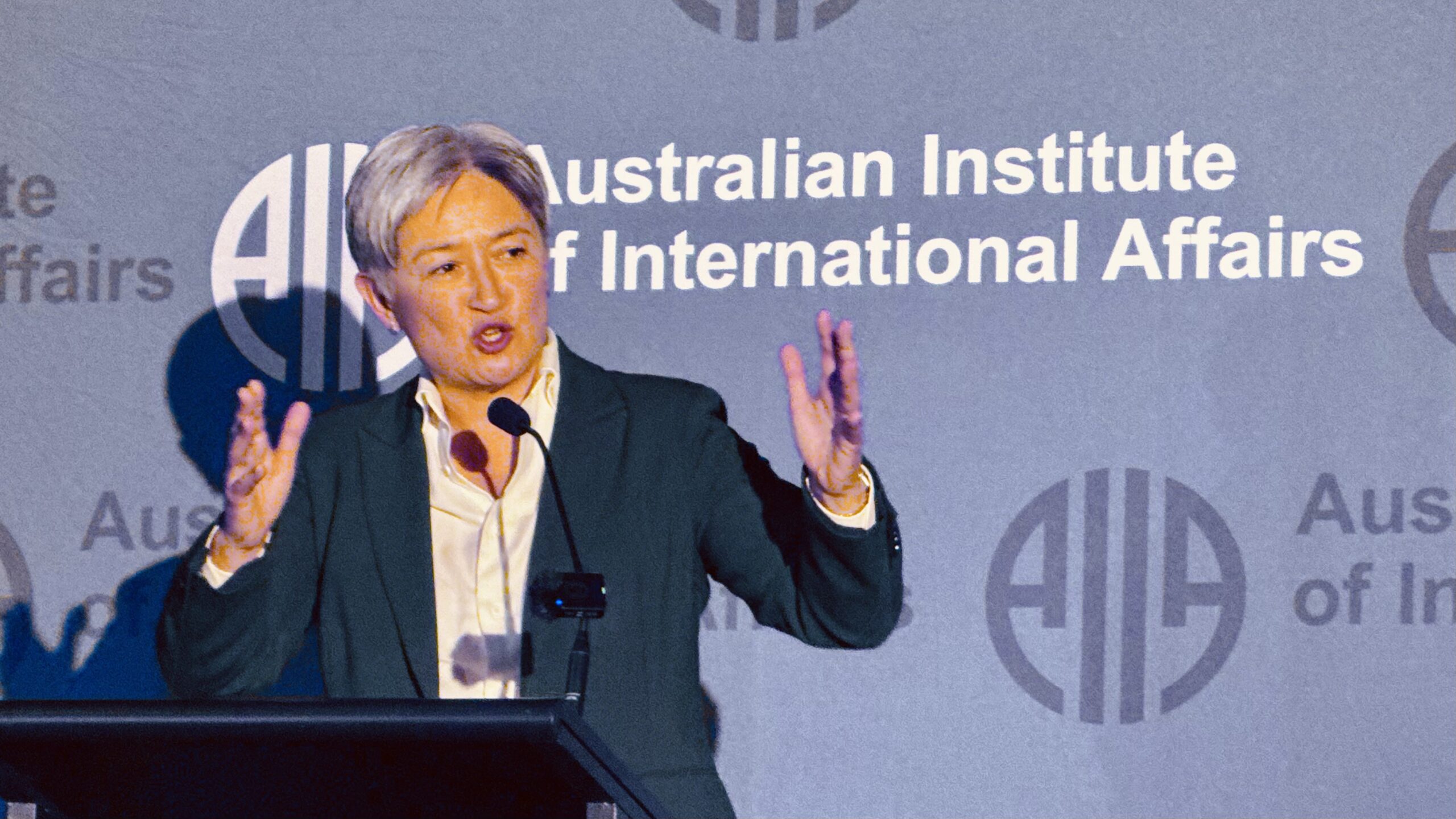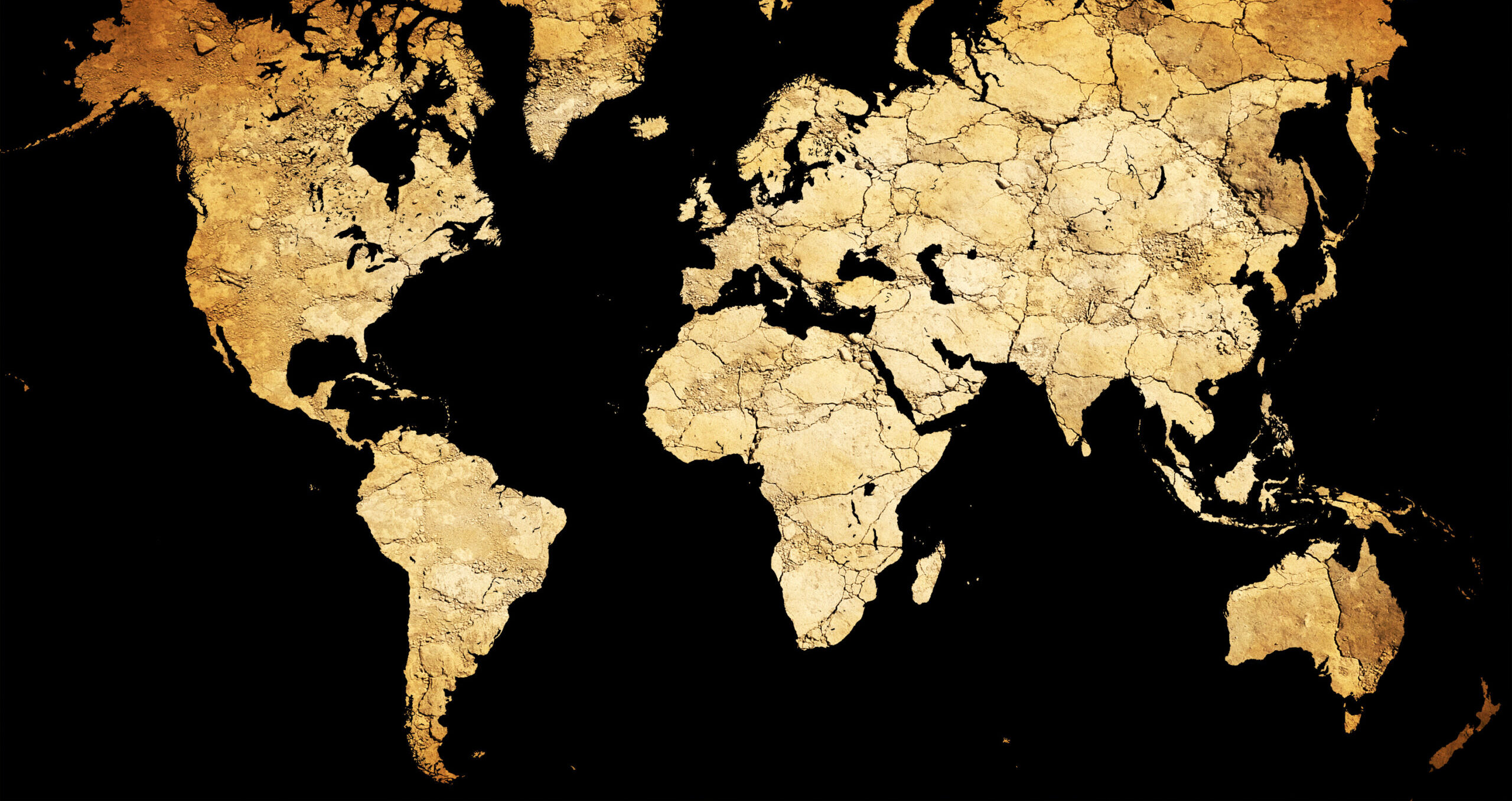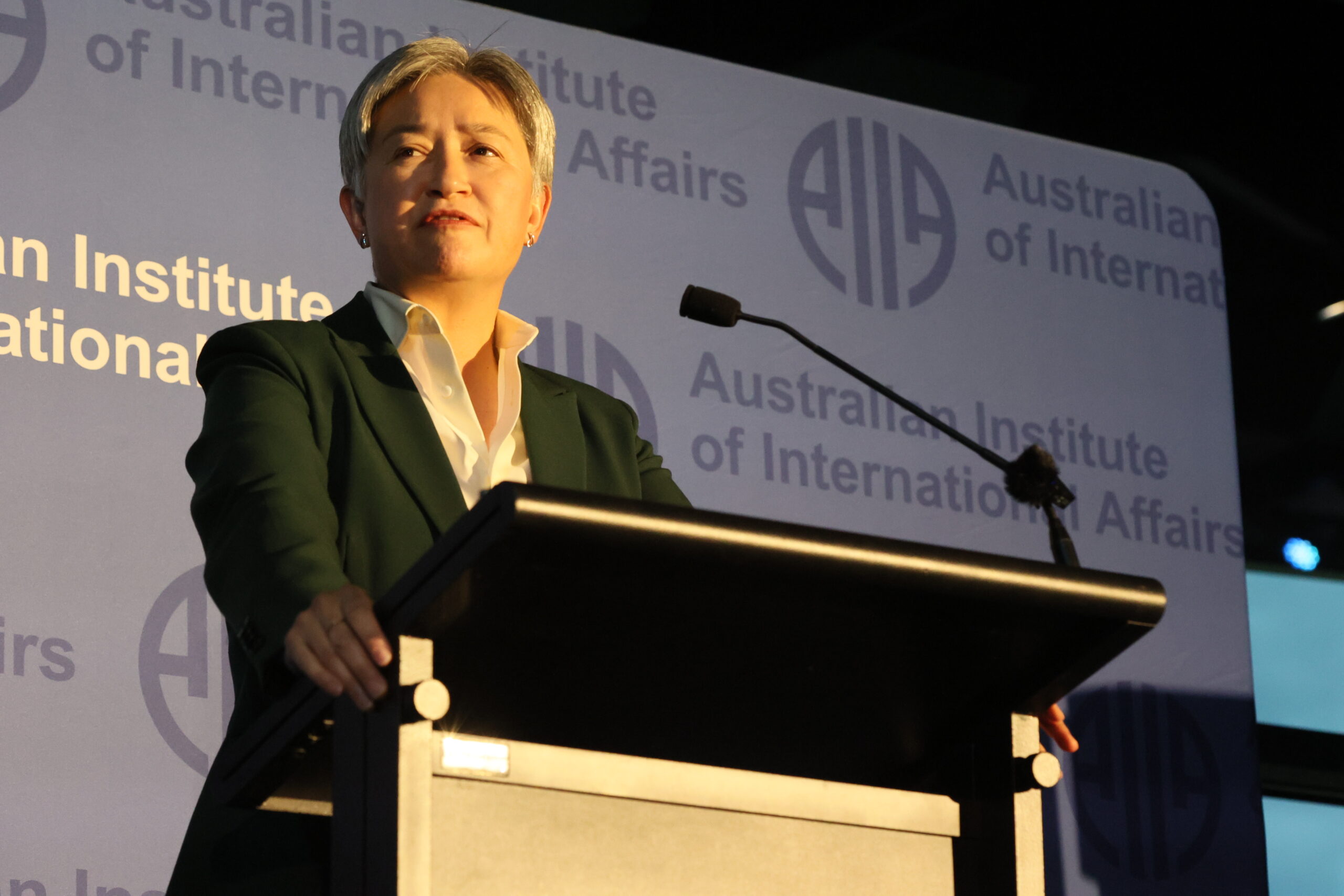Sparding’s historical analysis of US-German relations reveals a persistent pattern of American expectations for Germany to mature into a “responsible partner” while Germans remain trapped in neurotic ambivalence about their transatlantic friendship, from post-WWII occupation through Trump’s “free rider” complaints. This book demonstrates how cultural narratives and psychological dynamics spanning centuries continue to shape contemporary diplomatic tensions, particularly Germany’s reluctance to fully embrace the military responsibilities that America expects from its closest European ally.
“The United States has no better partner, no better friend in the world than Germany.” So spoke U.S. Secretary of State Anthony Blinken in 2021” (141)—a moment that feels increasingly remote from the ruptured present of transatlantic relations. Blinken’s sentiment exemplified the “instinctive” transatlanticism of President Biden and his Administration (140) that is now deeply contested by the United States and a wide swath of right-wing parties in Europe alike. Sparding is a partisan for a close transatlantic “partnership” and his gambit is that history offers both inspiration and warning: “The ups and downs in the German-American relationship point to the vast potential that successful cooperation holds. But they also serve as a warning sign of what could ensue should ties falter again” (6). Sparding’s book offers a detailed historical account of the US-German relationship, from its roots in the late 18th century to the Trump Administration and the Russian war on Ukraine. But Sparding’s book raises more interesting questions than merely whether the US and Germany should be friends. In highlighting the difficulties in the relationship to date, it reminds us that there is more than one way to be a friend.
Sparding offers two main ways of thinking about the post-1945 US-German friendship. Both emerge from the asymmetrical balance of power that arose from the US position as victor in the Second World War and as the architect of West Germany’s integration into Western economic and security arrangements. In its role as patron, the US began to encourage its client, West Germany, to adopt the role of a “mature” and “responsible” partner. This type of friend would, as it matured, learn to “share the burden” of providing for its own security. The nuclear shield that protected it from potential Soviet invasion should recede gradually in favour of conventional German rearmament. Long before Trump, Sparding shows, US politicians began to resent West Germans as “free riders” on the American security guarantee. While the Bundeswehr eventually became the largest European army in NATO, its forces were initially meagre. The US thus insisted on “offset payments” in the form of trade concessions. Senators Mike Mansfield in the 1970s and Sam Nunn in the 1980s sought to get West Germany to increase its defence budget. In 2011, Obama’s Secretary of Defence Robert Gates said the US had a “dwindling appetite” for NATO spending. Thus, Sparding shows that despite his tone-deafness to German sensibilities, Trump and Vance’s complaints about a “free-rider” problem were not unprecedented in substance, even if a departure in tone.
While the US has sought to steer Germany as its ideal image of a mature, responsible friend, Germans have often remained trapped in neurotic difficulties that prevent them from reaching maturity. Projection, ambivalence, resentment, and idealisation are the recurrent terms Sparding invokes to explain the complexity of the transatlantic relationship. If the 19th century helped build a healthy, positive set of attachments between the two countries, the two world wars unbalanced the relationship. Beginning in the interwar period, German fascination and admiration with American modernity coexisted with an “inferiority complex” and a sense of lagging behind. The humiliations of defeat and occupation only deepened the “big brother, love/hate relationship” (77), and encouraged Germans to treat the US as a “projection screen” for its anxieties. The rationale for Sparding’s first two chapters on the US-German relationship from the late 18th century to 1945 is that “the staying power of narratives, images and perceptions across several generations” (78) will help his readers understand the dynamics of an ambivalent attachment after 1945, what he calls contemporary Germans’ “double-edged obsession” (75) with the US.
However, the book does not effectively connect the cultural history of the first half to the policy dilemmas and diplomacy covered in the second. Both halves are still satisfying on their own terms. One of the book’s real strengths is its reminder of the dramatic role of German immigrants in the making of the U.S: “Washington Crossing the Delaware,” one of the most ubiquitous images in the 19th century US, was painted by Emmanuel Gottlieb Leutze, a refugee of the 1848 revolution; the largest immigrant group in the Union Army was German; baseball icons Lou Gehrig and Babe Ruth grew up speaking German; future US presidents studied abroad in German universities. After the US entry into World War I, sauerkraut was renamed “liberty cabbage.” Of the 800 German-language newspapers that existed in 1890, only half remained by war’s end. Sparding traces how German and US stereotypes about the other country oscillated from WWI to the end of WWII, noting that as late as 1942, US polls showed a lack of personal hatred for Germans that contrasted sharply with the image of the Japanese. From the mid-1960s to 1989, polls in West Germany consistently identified the US as the “number one best friend” of the state, with the number who said France ranged from one-fourth to one-third of the US share. Today, Sparding finds that “latent American sentiments remain fairly widespread though only a small segment of the population holds manifest and consistent anti-American views” (76). Since the end of the Cold War, we see “much larger swings in overall German feelings.”
After German reunification, George W. Bush proposed that Germany become the US’s ‘partner in leadership’ (116), but ‘ambivalence continued to rule Germany’s America debates’ (74). In the 1990s, Germany learned that “chequebook diplomacy” would no longer suffice; the US expected significant participation in US-led military campaigns, and Sparring wishes to remind US decision-makers that the German contribution to the US war in Afghanistan was both substantial and sustained over two decades. Still, the pattern Sparding emphasises is that “the US asks Germany to do more and Germany very slowly reacts to those demands.” (117) Thus, US “hopes of transforming Germany into a mature partner were disappointed” (118). Sparding suggests that Germany’s failure to emerge from its self-incurred immaturity originates with the “internalisation” of the idea of change via rapprochement and a rules-based model for international politics. As he notes, in 1991, 40% of Germans saw Switzerland as a foreign policy model, and it is this pacifism that still inhibits Germany from assuming responsibility for its defence today.
Much of the concluding section of the book focuses on the origins and aftermath of the diplomatic clash over the 2003 invasion of Iraq, which Sparding calls the “low point” of the transatlantic relationship. The refusal of Gerhard Schröder to endorse the Iraq invasion caused a “shock” to DC elites that Sparding argues is “still not fully understood in Germany” (128). Sparding’s book does not break new ground for historians, but connects the politics, economics and diplomacy of the post-’45 era to the post-Zeitenwende era of foreign policy debate with skill, precision, and good judgment.
This is a review of Peter Sparding’s No Better Friend? The United States and Germany since 1945 (London: Hurst & Co., 2024)
Matthew Specter is a Senior Fellow at the Institute of European Studies, UC Berkeley, and the author of The Atlantic Realists, published by Stanford. His work focuses on transatlantic relations and European studies.
This article is published under Creative Commons License and may be republished with attribution.





